Table of content
Introduction: The Culinary Charm of Fresh Watercress
Watercress, a leafy green vegetable belonging to the Brassicaceae family, is often overlooked in the shadow of more popular greens like spinach and kale. However, this aquatic plant boasts a unique flavor profile and an array of nutritional benefits that make it a standout ingredient in any kitchen. Its crisp texture and peppery taste can elevate dishes to new heights, especially when prepared with care and creativity. In this article, we will explore various methods to cook fresh watercress, ensuring that you harness its full potential for a delightful meal.
Understanding Fresh Watercress
Before diving into the culinary delights of watercress, it’s essential to understand what makes this vegetable special. Native to Europe and Asia, watercress thrives in shallow, flowing water, which gives it a distinct, clean flavor. Its dark green leaves and delicate stems are packed with vitamins and minerals, including vitamins A, C, and K, iron, calcium, and antioxidants. These nutrients contribute to a myriad of health benefits, such as improved immune function, bone health, and cancer prevention.
When selecting fresh watercress, look for vibrant green leaves with crisp, tender stems. Avoid bunches that appear wilted or yellowed, as these indicate that the vegetable is past its prime. Fresh watercress should be stored in the refrigerator, preferably in a plastic bag with some moisture to maintain its freshness. Use it within a few days of purchase to ensure maximum flavor and nutritional value.
Preparation Techniques: From Cleaning to Chopping
Before cooking fresh watercress, proper preparation is key. Start by rinsing the vegetable thoroughly under cold running water to remove any dirt or debris. Be gentle while washing to avoid bruising the delicate leaves. Once cleaned, pat the watercress dry using a clean kitchen towel or paper towels. Excess moisture can dilute the flavors during cooking, so ensure the vegetable is as dry as possible.
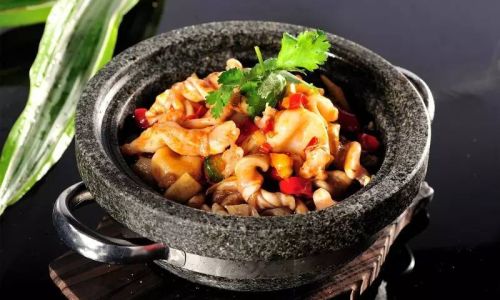
Next, depending on your recipe, you may need to chop the watercress into smaller pieces. For salads, larger leaves can be torn into bite-sized pieces, while for cooking methods like stir-frying or steaming, finer chopping may be required. Remember, the stems of watercress are edible and add a nice crunch to dishes, but if you prefer a softer texture, you can trim them off before cooking.
Cooking Fresh Watercress: A Variety of Techniques
Now, let’s dive into the various cooking techniques that can transform fresh watercress into a delightful meal. From simple salads to sophisticated sautés, there are endless possibilities to explore.
Raw in Salads
One of the simplest and most refreshing ways to enjoy fresh watercress is in a salad. Its peppery flavor pairs beautifully with creamy dressings like ranch or blue cheese, providing a delightful contrast to the richness of the sauce. To make a watercress salad, combine the cleaned and chopped vegetable with other greens like arugula or spinach, along with crunchy additions like radishes, cucumbers, and cherry tomatoes. Drizzle with your favorite dressing and toss gently to combine. For an added touch of elegance, sprinkle with freshly grated Parmesan cheese and a pinch of salt and pepper.
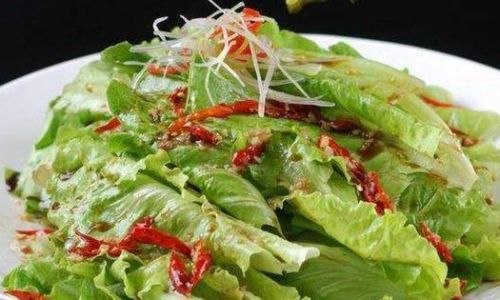
Lightly Steamed
Steaming is a gentle cooking method that preserves the nutrients and fresh flavor of watercress. To steam watercress, fill a pot with an inch of water and bring it to a boil. Place a steaming basket over the pot, ensuring it does not touch the water. Add the chopped watercress to the basket, cover, and steam for about 2-3 minutes, or until the leaves are tender but still bright green. Remove from heat and serve immediately with a drizzle of olive oil, a squeeze of lemon juice, and a pinch of salt.
Sautéed with Garlic and Butter
Sautéing watercress with garlic and butter transforms this simple green into a luxurious side dish. In a hot skillet, melt a few tablespoons of butter over medium heat. Add minced garlic and cook until fragrant, about 30 seconds. Then, add the chopped watercress, stirring constantly to coat the leaves with the buttery garlic mixture. Cook for just 1-2 minutes, until the watercress is wilted but still vibrant green. Season with salt and freshly ground black pepper, and serve hot.
Stir-Fried with Tofu and Soy Sauce
For a more savory dish, try stir-frying watercress with tofu and soy sauce. Begin by pressing and cubing firm tofu. Heat a tablespoon of vegetable oil in a wok or large skillet over medium-high heat. Add the tofu cubes and cook until golden brown on all sides, about 5-7 minutes. Remove the tofu from the skillet and set aside. In the same skillet, add another tablespoon of oil and heat. Add chopped garlic, ginger, and red pepper flakes (if desired), and cook until fragrant. Then, add the chopped watercress and stir-fry for about 2 minutes. Return the tofu to the skillet, drizzle with soy sauce, and toss to combine. Cook for an additional minute, until the watercress is wilted and the flavors have melded together. Serve hot over a bed of rice or noodles.
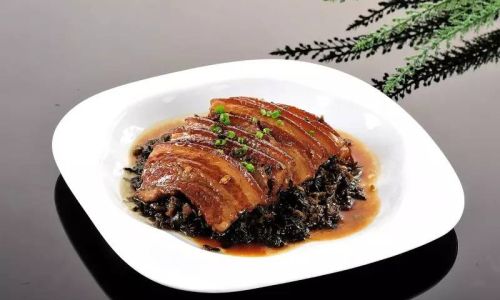
Soup with Watercress and Potato
Watercress soup is a comforting and nutritious dish that highlights the vegetable’s delicate flavor. Peel and chop a few potatoes into small cubes. In a large pot, sauté chopped onions and garlic in olive oil until softened. Add the potatoes and cook for another 5 minutes. Pour in vegetable broth or chicken broth, bring to a boil, then reduce the heat and simmer until the potatoes are tender, about 15-20 minutes. Stir in the chopped watercress and cook for an additional 2-3 minutes, until wilted. Season with salt, pepper, and a dollop of cream or sour cream for richness. Blend the soup until smooth, if desired, and serve hot.
Pesto with Watercress and Parmesan
Watercress pesto is a delightful alternative to traditional basil pesto. In a food processor, combine chopped watercress, grated Parmesan cheese, garlic, pine nuts (or walnuts), lemon juice, and olive oil. Blend until smooth, scraping down the sides as needed. Season with salt and pepper to taste. This vibrant pesto can be used as a spread on sandwiches, tossed with pasta, or drizzled over grilled meats and vegetables.
Conclusion: Embracing the Versatility of Fresh Watercress
In conclusion, fresh watercress is a versatile and nutritious vegetable that can be transformed into a multitude of delightful dishes. From light salads and steamed sides to hearty stir-fries and creamy soups, the culinary possibilities are endless. By understanding the proper preparation techniques and exploring various cooking methods, you can harness the full potential of watercress, creating meals that are not only delicious but also packed with health benefits.

So, the next time you’re at the market, consider picking up a bunch of fresh watercress. With its unique peppery flavor and array of nutrients, this aquatic green is sure to become a staple in your kitchen, inspiring new recipes and culinary adventures. Happy cooking!

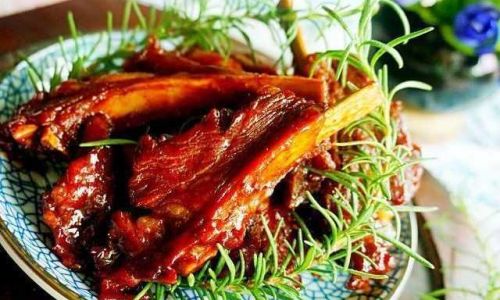
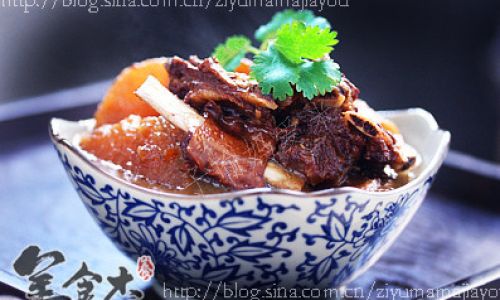
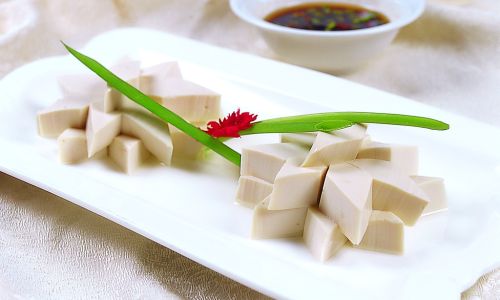
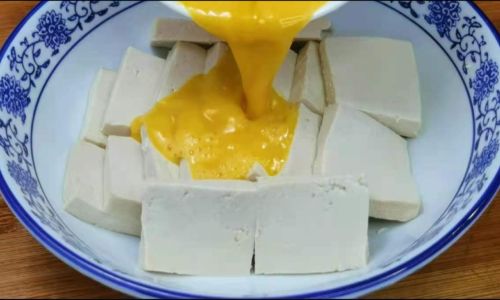
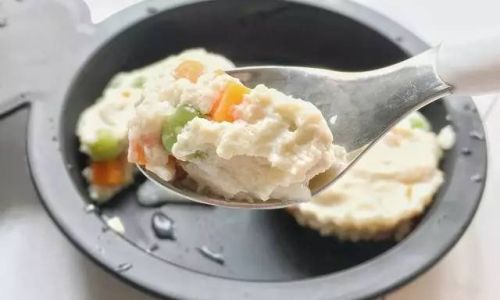
0 comments